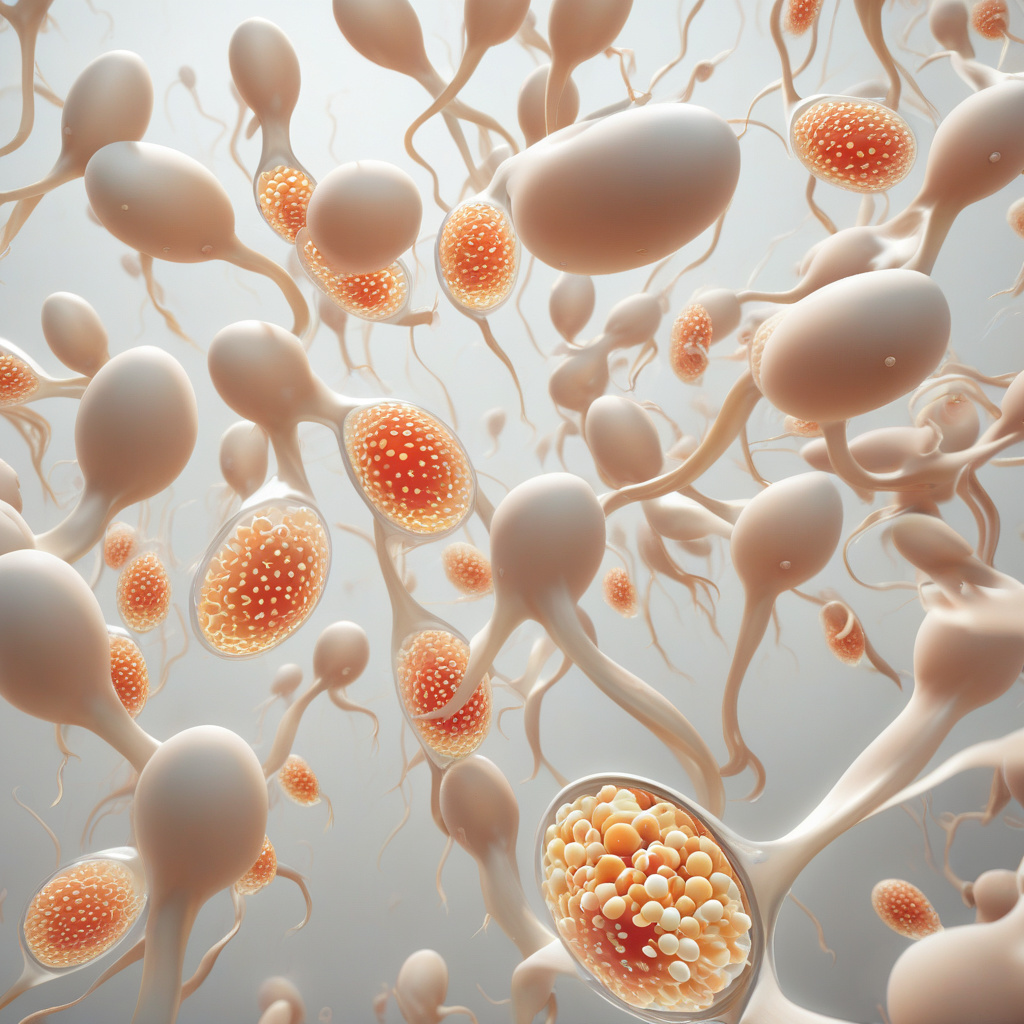Sperm Cells Use Heat as a Switch to Power Up for Egg Penetration, Finds Study
Sperm cells are known to prefer cooler temperatures. For quite some time, a puzzling question has intrigued scientists: How do sperm cells, which typically thrive in cooler environments, manage to power up and reach their full potential when faced with the task of penetrating an egg, which is naturally warmer? A recent study has shed light on this fascinating phenomenon, revealing that sperm cells actually use heat as a switch to boost their motility and prepare for the crucial moment of egg penetration.
Published in the journal “Science Advances,” the study conducted by a team of researchers from the University of Massachusetts Amherst and the University of Cambridge uncovered the intricate mechanism through which sperm cells harness heat to activate a specific protein known as CatSper. This protein plays a critical role in regulating the movement of sperm cells and is essential for their successful journey towards the egg.
The researchers found that when exposed to warmer temperatures similar to those found near the egg, sperm cells undergo a rapid increase in calcium levels within their tails. This spike in calcium levels triggers the activation of CatSper, which, in turn, enhances the swimming capabilities of the sperm cells, allowing them to navigate more effectively towards the egg.
Dr. Rebecca Jones, the lead author of the study, explained that this heat-induced activation of CatSper serves as a crucial switch that enables sperm cells to transition from a state of dormancy to a state of heightened activity, priming them for the challenging task of penetrating the egg. She likened this process to a car engine revving up before a race, emphasizing the importance of this preparatory phase in ensuring the success of fertilization.
Moreover, the study highlighted the remarkable adaptability of sperm cells, showcasing how they can dynamically adjust their behavior in response to environmental cues to maximize their chances of fertilizing an egg. By utilizing heat as a triggering mechanism, sperm cells demonstrate a sophisticated level of control and coordination that underscores the complexity of their biological function.
These findings not only contribute to our understanding of the intricate processes underlying fertilization but also have potential implications for assisted reproductive technologies and contraceptive development. By deciphering the role of heat in activating sperm cells, researchers may uncover new strategies for enhancing fertility treatments or developing novel contraceptives that target this specific mechanism.
As we delve deeper into the fascinating world of reproductive biology, studies like this one remind us of the endless wonders waiting to be discovered within the realms of science and innovation. The ability of sperm cells to harness heat as a switch for powering up towards egg penetration serves as a testament to the marvels of nature’s design and the ongoing quest for knowledge in unraveling its mysteries.
In a world where scientific research continues to unveil the intricacies of life’s fundamental processes, studies such as this one pave the way for new insights and possibilities in the fields of fertility, reproduction, and beyond. The journey of sperm cells towards egg penetration, guided by the subtle yet significant influence of heat, exemplifies the beauty of scientific discovery and the boundless potential it holds for shaping our understanding of the world around us.
sperm cells, heat switch, egg penetration, fertilization, reproductive biology












